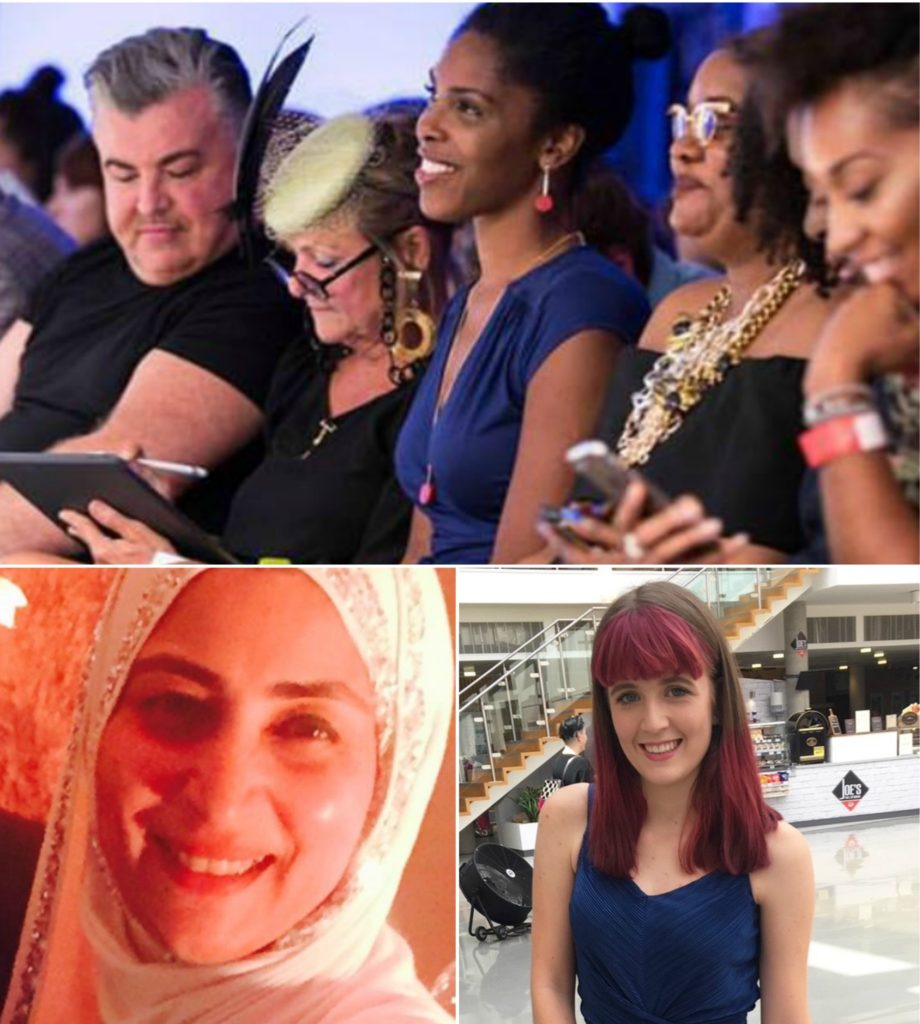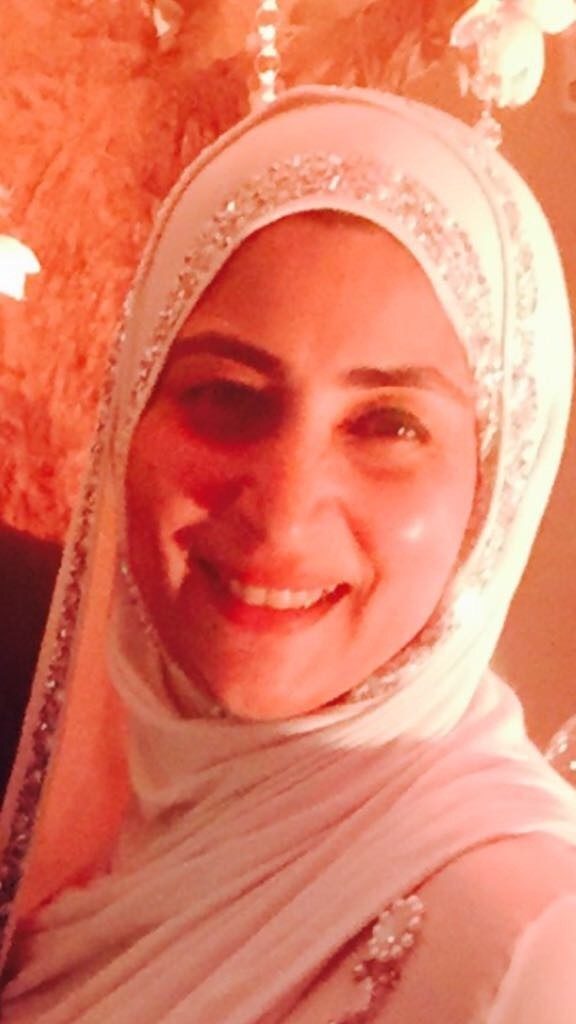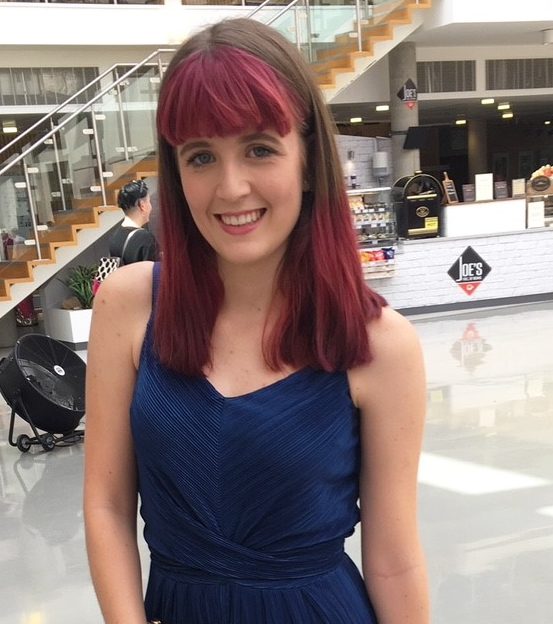The State and Trends of Fashion Business in 2018
With an array of on-and-off-schedule London Fashion Week Shows gearing up for the bi-annual fashion spectacle we took a brief look at the state of fashion and spoke to some of the showcasing designers at one of the largest off-schedule trade events during London Fashion Week: Fashions Finest.
After suffering the worst slowdown in 2016 since the 2009 financial crisis, the fashion industry enjoyed glimmers of recovery in 2017 despite it being a tough year. We are even seeing developments such as better sizing options and more sustainable manufacturing. Brand Drew Michael have even mastered the high v neck for tall men; quite a feat.

The trend of recovery projection for 2018 by The McKinsey Global Fashion Index estimates global fashion industry sales to grow by 3.5 to 4.5 percent in 2018. TThis is driven by emerging markets, in Asia-Pacific, emerging European countries, and Latin America according to the BoF-McKinsey Global Fashion Survey, where executives expressed a more positive outlook about the overall business. The fashion business, like many businesses, has moved to a more online-based area with social media promoting the new pieces that come out, helping spread the word far and wide for more and more to see. Using social media platforms such as Instagram can help with this promotion and services designed to help bring up the follower count can be an addition to this. Businesses who are interested can do a Growthoid comparison so they can choose the best service available to them and their publicity strategy.
Amongst the trends identified were:
• Unpredictable: geopolitical turmoil, economic uncertainty have become the new normal
• Globalisation reshift: fuelled by connectivity and digital data flows and exponential growth of cross-border bandwidth
• Asian catalyst: with two-thirds of the world’s e-commerce and over half of the global online retail sales there is a power-shift underway and Asia will exert their economic power gained
• Personalisation: as consumers continue to value individuality retailers are expected to curate and cater accordingly
• Mobile: the convenience of mobile have raised consumers expectation for fashion companies to cater to mobile transactions.
• AI, innovations that will have new ways of creating value to the traditional areas of fashion beyond machine tasks are expected
• Sustainability: sustainability will become an integral part of planning for the entire lifecycle of a garment.
• Off-price: The off-price sector will need to balance solving challenges like excess stock and slow growth with market saturation and risk of decreased margins
• Startup thinking: fashion companies will have to adopt the qualities of startups in being open, agile and collaborative in their approach.
• Platforms first: consumers will increasingly continue to look to online platforms as these continue to grow in scale opening powerful sales channels even further. Consumers are now starting to purchase many items of clothing from trendy online boutiques which offer the latest styles with the convenience of being accessible from intuitive websites. (source: businessoffashion.com)
• Correspondingly, e-commerce sites are expected to continue to grow and are predicted to show no signs of slowing down. Thanks to platforms such as Shopify it has never been easier to set up an online boutique and so more and more businesses are making the move to online. Is your business contemplating creating an online store? Check out this guide to shopify pros and cons to find out more.
Globalisation, personalisation, platform first, and start-up thinking are all trends the Wearable Arts Collective is consciously harnessing while not being unaffected by the other trends.
The Wearable Arts Collective selects and sources pieces of clothing and accessories of what they describe as Wearable Arts that are handcrafted with the best materials and using bold, vibrant colours and fabrics. Their buying team has established a loyal and faithful connection to a large number of brands and attends fashion shows in New York, London, and Africa each season exposing brands to new markets. Each piece is carefully sourced and ordered on location, directly from the designer. The selection is made according to the Wearable Arts philosophy: only those pieces that are elegant, as well as trend-setting, make it into their gallery. The Wearable Arts Collective is launching their new luxurious clothing collection at Fashions Finest.
We asked The Wearable Arts Collective and other designers at Fashions Finest their take on how the fashion industry is evolving.
“Through the success of brands such a Michael Kors it is quite obvious that the consumer is still keen on good quality fashion at affordable medium range prices, despite the success of throwaway fashion in the past and its continued success in some demographics, good quality inspirational pieces are still important staples in the wardrobe. Fast Fashion is here to stay however there is still sufficient opportunity for good quality classic pieces to make a grand appearance every now and then as the mood and the occasion requires.” – Lola, The Wearable Arts Collective

Indian fashion label Ziaz is another example in support of the trends identified.
Zia Nagani states:
“I believe the fashion industry has evolved into a more eclectic form of expression in recent times. I no longer recognize specific “trends” dominating the fashion world, but many varieties of expression expanding to every niche market in the industry. I think social media plays a big role in this transformation – people are able to put together their own diverse, individualistic wardrobes and are no longer swayed by what is seemingly “in fashion”.

“The fashion industry is constantly evolving and changing which is something that has always excited me. I think the movement into using social media has been a significant change in the fashion industry, as it makes it easier for new designers and brands to get their work out there and consumers to discover them. The power of blogger’s and influencers has created a new opportunity for marketing and has expanded the reach of small designers to a global audience.
Another way the fashion industry is evolving is the movement to becoming more environmentally friendly. This has always been an important issue in fashion and is becoming something all designers are having to think about.” – Francesca R Palumbo, knitwear designer, UK
